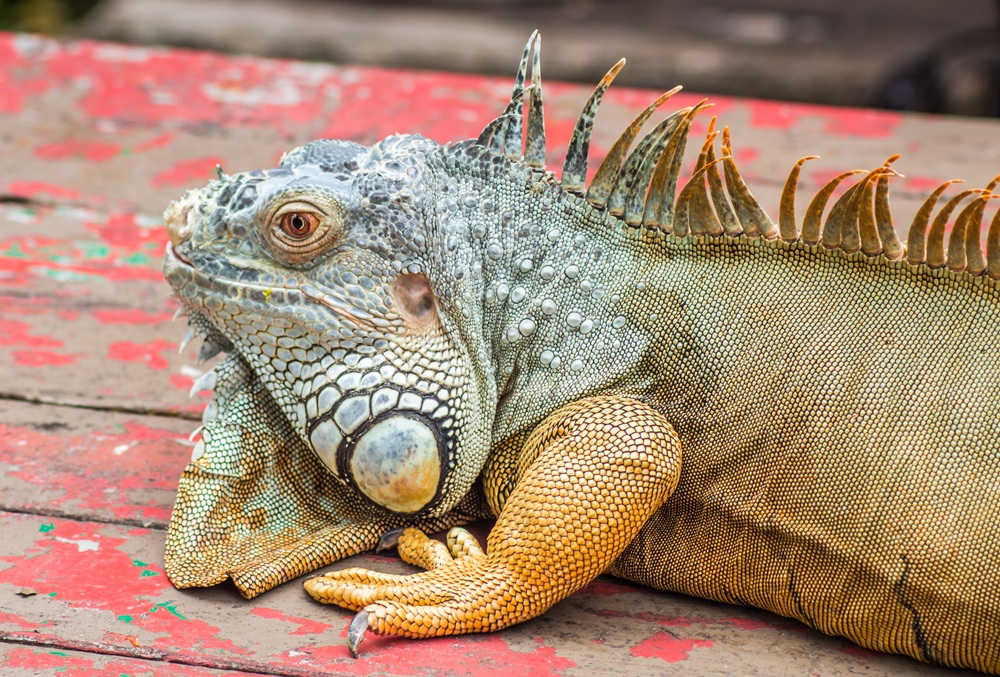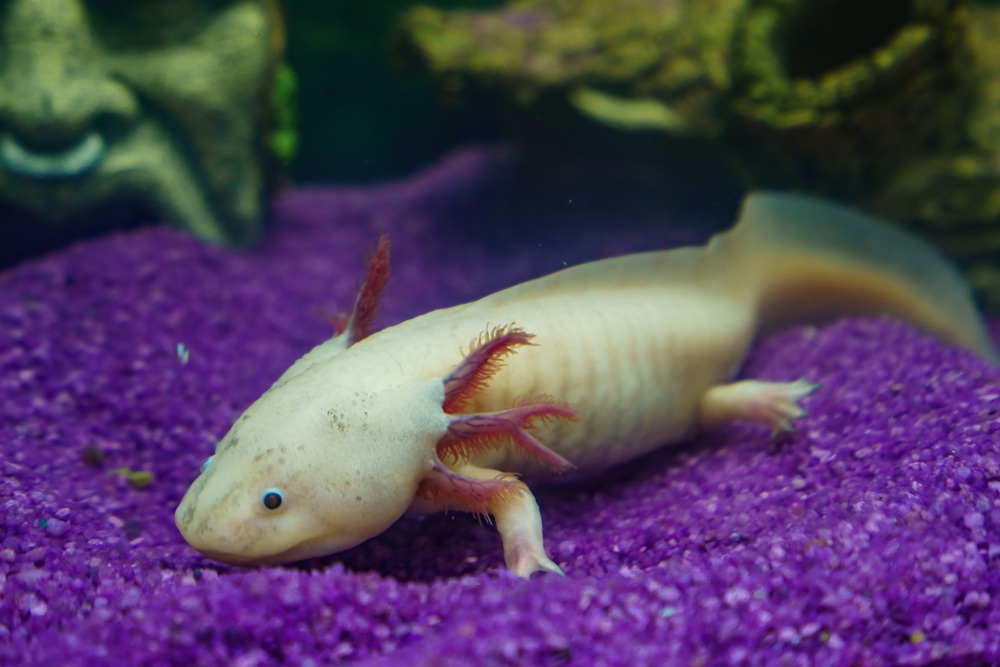Should You Really Get That Exotic Pet? What You Need to Know Before You Buy
Most people may hear the word “pet,” and their minds probably go straight to dogs and cats, which is fair; they are classics. Over the last couple of decades, there’s been a quiet shift coming up with the exotic pets that have started to enter the picture in a huge way.
Due to improvements in food and care, animals that once seemed niche or hard to manage are showing up today in more and more homes.
Social media plays a huge role in this, and as you scroll through your feed, you observe a monkey in a onesie or a hedgehog in a teacup. Cute, but it also means anyone can buy one of these animals with a few taps, without realizing what they’re signing up for. We’re talking zero knowledge when it comes to proper care, no idea where the animal comes from, and some of these pets and their parents may have even been stolen from the wild through illegal trade and smuggling (which unfortunately continues to be a lucrative business).
Truly speaking, most people have no idea where to start when it comes to exotic pet ownership. Let’s take the axolotl, for example. There’s no way you haven’t seen this little aquatic cutie on your explore page. I talk about the permanently smiling amphibian that looks like it wandered out of a fantasy game. The question is, should we really keep them as pets just because they are adorable and breed well in captivity?

The conservative angle
Here is where it gets tricky: not all exotic pet trade is illegal, but the demand for rare species has fueled the activity of black markets. Over-collection, smuggling, and unethical breeding have become major threats, not only to animals but to entire ecosystems.
Criminal networks are profiting off animals that are mishandled, stressed, and often dying before they even make it to a home.
Let’s take the axolotl again. These little guys are native to only two lakes in Mexico City. They are critically endangered and part of the problem. It is a pet trade. Captivated by their charming faces, people demanded to have them as pets. The good news is that there are legitimate breeders out there.
Captive-bred axolotls are usually pink or white, unlike their wild cousins, who are darker in color. However, even when bred responsibly, there is an ethical layer to consider. If you have in mind to get an exotic pet, the best move is to find a reputable source: a certified breeder or a rescue center. They should be fully transparent about where the animal comes from and make sure they sell it to people who truly understand how to care for them.
Your responsibility is to follow these rules: no impulse buys, no mystery origins—all informed and responsible ownership.

The legal side of things
Owning exotic pets doesn’t have crystal clear rules, especially in the US, where laws depend on where you live. Federal regulations are especially about the endangered species and animals that could pose a threat to the environment, people, or agriculture.
Beyond that, states, counties, or cities have their own say. Here you need to keep in mind that what’s totally acceptable in an area might be a no-no just a few miles away.
Axolotls are protected in their native country, Mexico, and international trade is allowed only if they’re bred in captivity under strict regulations. It’s fully illegal to take them from the wild or move them across borders without proper clearance.
Moreover, in some US states, you can only keep axolotls if you have a permit and if they’re from a legitimate breeder. The reason is that if they ever get released into the wild, they could potentially become an invasive species and mess up the local ecosystem.
Before you even think about getting an exotic pet, make sure you check the laws on every level, from federal to local. When you do this, it’s not only about following the rules but also about protecting the environment, the animal, and yourself.
Public health
Talking about health risks, all pets, no matter how chill and adorable they are, can carry potential dangers for humans. Bites, scratches, or zoonotic diseases—this is the kind of jump from animals to people that’s always something to be aware of. The best defense is knowing exactly where your animal came from and what kind of space, care, and hygiene it needs.
In the case of axolotls, the risks are minimal but not zero. They don’t have claws, venom, or anything like that to be aggressive. Even if physical harm is not really a concern, most amphibians can carry things like Salmonella. Well, still—nothing too wild—just means you’ll want to wash your hands after handling them in their tank.
Responsible pet ownership means taking into consideration not only the fact that you bring a new animal into your life, but also the risks they may carry. When you’re well informed, it’s way easier to make choices that are great for everyone involved.
Invasiveness
A lot of people don’t think about what happens when they can’t keep an exotic pet anymore. This, sadly, became one of the main ways invasive species were introduced into ecosystems where they didn’t belong. The impact is huge, and we’re talking about serious damage to biodiversity, local wildlife, fisheries, and agriculture. This became just another leading cause of species extinction and environmental imbalance worldwide.
Invasive species, ironically, are also part of the reasons axolotls are struggling in the wild. Their limited natural habitat in Mexico has been invaded by non-native fish, which eat their eggs. This is a heartbreaking situation that highlights how delicate their ecosystem really is.
On the flip side, if someone releases an axolotl into a wild environment with similar conditions, they could also become invaders, outcompeting local amphibians and throwing things off balance.
What should you do if you find yourself in a situation where you can’t care for your axolotl anymore? You better not post it online or give it to a random person, and clearly, don’t release it into the wild. Reach out to your local rescue center, a responsible pet store, a vet who knows about exotic animals, or an accredited zoo. There are solutions and people who can help rehome ethically and safely.

Their welfare comes first
Some exotic pets just aren’t meant for the average home. Caring for them goes way beyond a cute tank and some food drops. When it comes to their precise diet, strict environmental controls, and regular vet care, as well as mental stimulation and exercise, all these things are crucial for them to have a good life.
Axolotls, for example, might be smiling all the time, but that doesn’t mean they thrive in any random aquarium setup. The water quality needs to be super specific because they are super sensitive creatures who stress easily. Even touching them can cause them issues; it can mess with their protective layer on their skin and leave them vulnerable to illness. These little creatures are meant to be observed, not handled.
So, should you really get that cute axolotl?
Here’s the deal: even if it’s easy to buy an exotic pet, it doesn’t mean it’s easy or right to own one. The truth is, a lot of people make exotic pet choices based on viral videos and pretty pictures without real facts.
If you want to find out more about how to care for exotic pets, you can find this book on Amazon: BSAVA Manual of Exotic Pet and Wildlife Nursing
Read next: 7 Mighty but Mini: Small Dog Breeds With Big Personalities!












